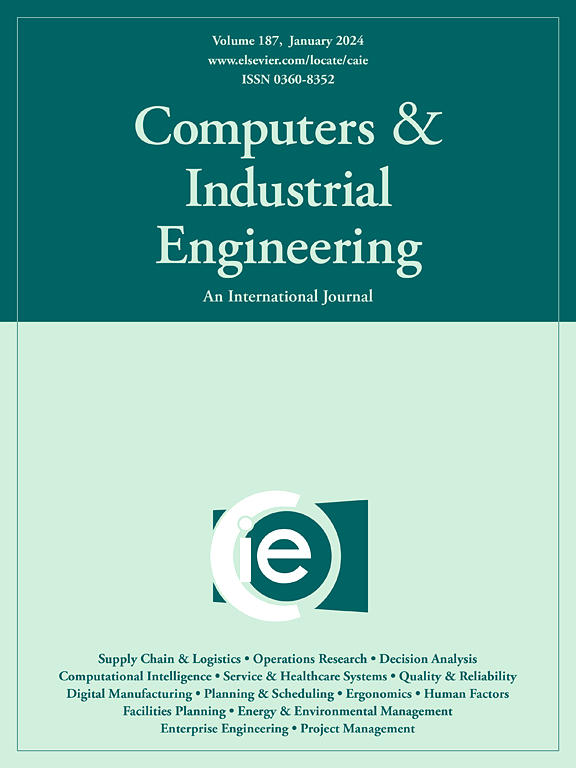集成基于机器学习的多变量过程监控EWMA控制图
IF 6.7
1区 工程技术
Q1 COMPUTER SCIENCE, INTERDISCIPLINARY APPLICATIONS
引用次数: 0
摘要
记忆型控制图,如多元EWMA (MEWMA),因其在检测过程平均向量的小到中等变化方面的有效性而得到认可。相比之下,自适应多元EWMA (AMEWMA)控制图提供了优于传统方法的功能。本研究提出了一种基于机器学习(ML)技术(如随机森林(RF)、K-NN和支持向量回归(SVR))的自适应多变量EWMA (SAMEWMA)控制图,以监测过程平均向量的小位移。结果表明,与AMEWMA-I和AMEWMA-II等现有图表相比,本文提出的图表在检测平均向量的小位移方面表现出优异的性能。研究也证明了SVR方法在其他机器学习方法中的优越性。利用蒙特卡罗(MC)仿真技术,采用平均运行长度(ARL)矩阵来确定控制图的性能。给出了两个实际例子来证明所提出的控制图在检测过程均值向量变化方面的有效性和优越性。本文章由计算机程序翻译,如有差异,请以英文原文为准。
Integrating machine learning based EWMA control charts for multivariate process monitoring
Memory-type control charts, such as the multivariate EWMA (MEWMA), are recognized for their effectiveness in detecting small to moderate changes in the process mean vector. In comparison, Adaptive Multivariate EWMA (AMEWMA) control charts offer superior capabilities over traditional methods. This study proposes an adaptive multivariate EWMA (SAMEWMA) control chart based on Machine Learning (ML) techniques such as Random Forest (RF), K-NN, and Support Vector Regression (SVR) to monitor specifically small shifts in the process mean vector. The results show that the proposed chart demonstrates exceptional performance in detecting small shifts in the mean vector compared to various existing charts, such as AMEWMA-I and AMEWMA-II. Investigations also prove the superiority of the SVR method among other ML approaches. The Average Run Length (ARL) matric is employed to determine the performance of the control charts using the Monte Carlo (MC) simulation technique. Two real-world examples are presented to demonstrate the effectiveness and superiority of the proposed control chart in detecting variations in the process mean vector.
求助全文
通过发布文献求助,成功后即可免费获取论文全文。
去求助
来源期刊

Computers & Industrial Engineering
工程技术-工程:工业
CiteScore
12.70
自引率
12.70%
发文量
794
审稿时长
10.6 months
期刊介绍:
Computers & Industrial Engineering (CAIE) is dedicated to researchers, educators, and practitioners in industrial engineering and related fields. Pioneering the integration of computers in research, education, and practice, industrial engineering has evolved to make computers and electronic communication integral to its domain. CAIE publishes original contributions focusing on the development of novel computerized methodologies to address industrial engineering problems. It also highlights the applications of these methodologies to issues within the broader industrial engineering and associated communities. The journal actively encourages submissions that push the boundaries of fundamental theories and concepts in industrial engineering techniques.
 求助内容:
求助内容: 应助结果提醒方式:
应助结果提醒方式:


